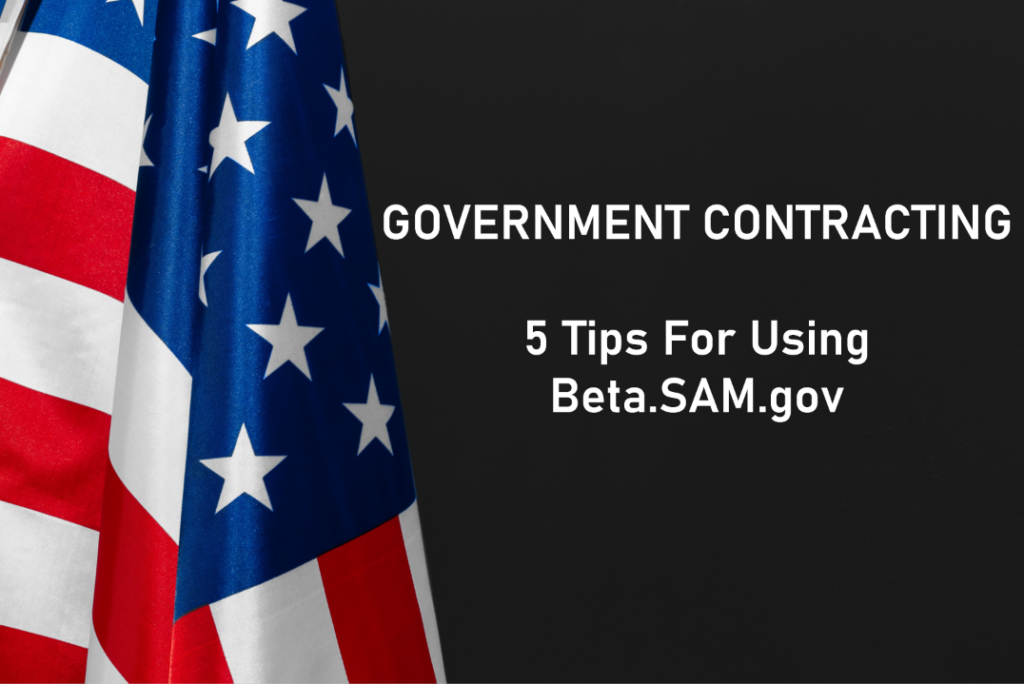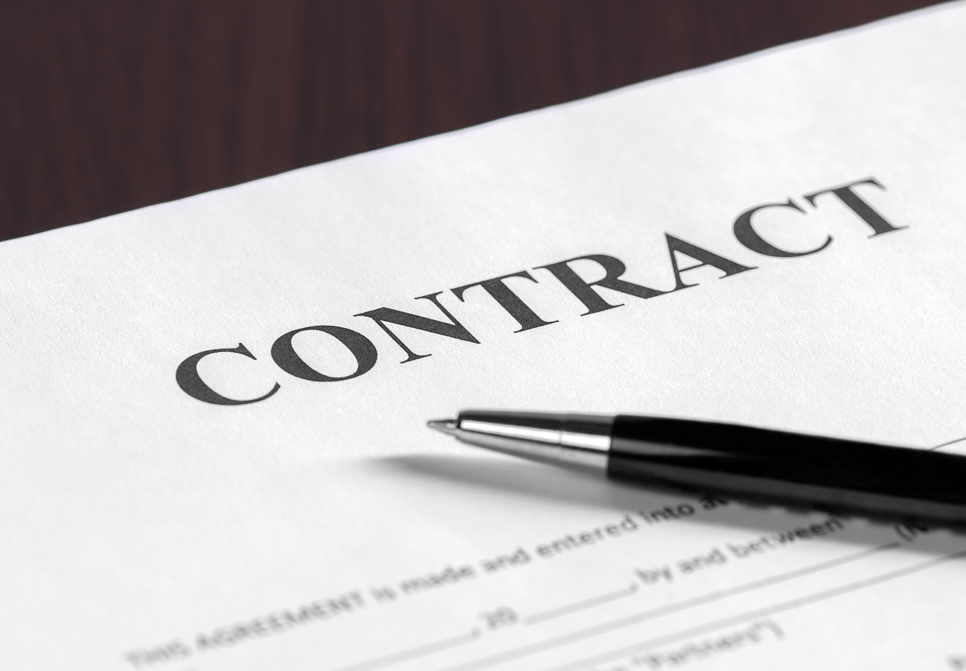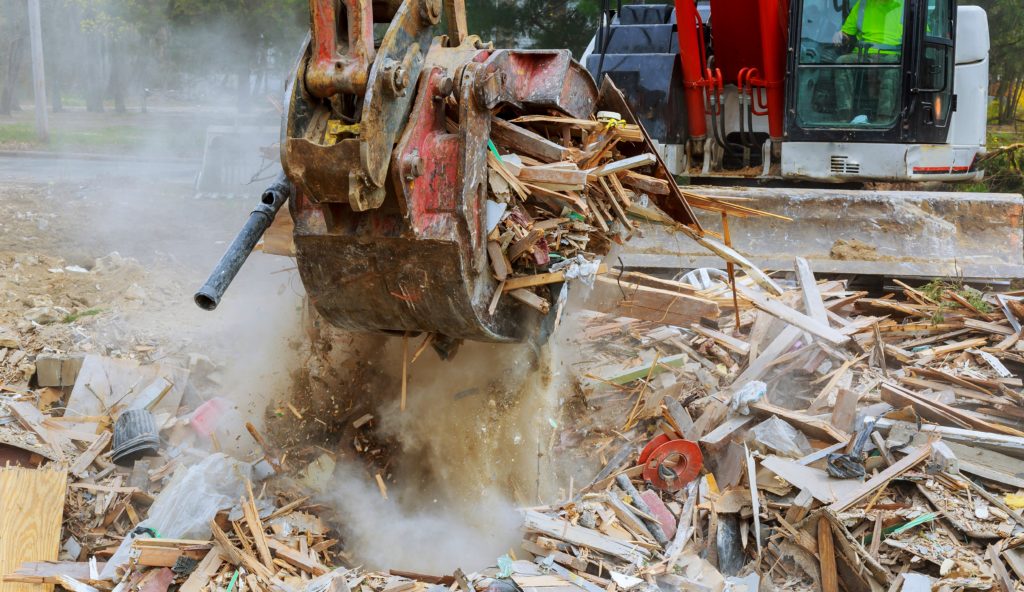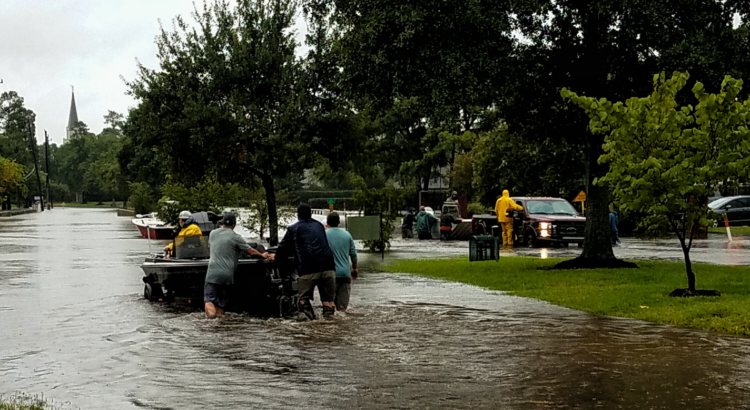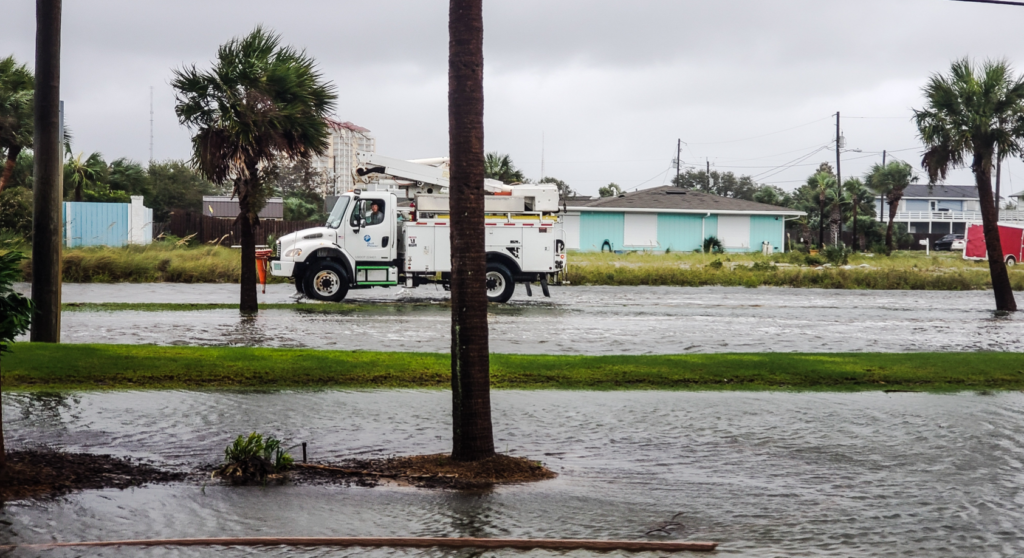
After a major disaster, such as a hurricane, earthquake or flood, federal and state governments hire private contractors to help with cleanup and relief efforts. Options such as FEMA disaster jobs can be lucrative, but there are several steps you need to take in order to bid on these jobs, including the following.
- Determine If You Are A Good Fit For FEMA
The Federal Emergency Management Agency (FEMA) needs goods and services throughout the year. If you want to work on FEMA disaster jobs, it is important to learn all you can about FEMA, how its organized and the types of goods and services commonly needed by this agency. Obviously, disaster cleanup jobs, such as hurricane relief jobs, often are needed, but there may be many other options available.
For instance, FEMA needs medical supplies, tents, cots, bottled water, prepared meals and shelf-stable foods, armed guards, emergency fencing, emergency housing and much more. They even need items such as copier paper and repair services such as HVAC repair or electrical repairs, etc. When you think about FEMA, think beyond the basic cleanup services because there are many other opportunities.
If you head to Beta.SAM.gov, and click on the Contract Opportunities tab, this will take you to a page where you can search for available government contracting jobs. We recommend that you click on the Advanced Search tab. Once you get on that tab, you can search by keyword, federal organizations, NAICS codes, set asides and much more.
For an initial search, you might simply go to the Federal Organizations box and type in – Federal Emergency Management Agency or just FEMA. You also can search with the additional parameter of your NAICS codes, which are codes that describe your ask goods and services. To find your NAICS codes, go to https://www.census.gov/naics/.
If you find several contracts that look like a match, chances are you would be a good fit to work with FEMA. But, keep in mind, that you need to read over these jobs carefully to see if your company can provide the scope of goods or services requested.
- Complete Your SAM Registration
You will not be able to work on FEMA disaster jobs or any other cleanup jobs until you have completed your SAM registration, been approved as a contractor and received your CAGE Code. This is not just a FEMA requirement, but a requirement of all federal agencies and even most state agencies.
SAM stands for System for Award Management; this is the centralized database that includes all active government contractors. If you are not listed in this database with an active account, you cannot bid on FEMA disaster jobs or any government contracting jobs. To apply for admittance, you will need to fill out the lengthy SAM registration application, which is completed online.
The government charges no fee to register with SAM, but the SAM registration process is time-consuming and often difficult to understand, as it is filled with government-speak and acronyms unfamiliar to most non-governmental employees. Therefore, many companies will hire a third-party registration service, such as ours, to complete this lengthy and often frustrating process.
We do charge a fee to complete your SAM registration, but our registration experts can complete this application quickly and accurately, ensuring that you are approved as quickly as possible. We liken ourselves to accountants, because, while you could fill out your tax forms yourself at no charge, using an accountant makes good sense because the tax code and tax forms are complicated, and mistakes are costly.
- Consider Working With Your State & Other Agencies
While FEMA disaster jobs can be lucrative, FEMA isn’t always called in to help with every disaster and each state also have various disaster cleanup jobs or related goods and services that they need. You still need to complete SAM registration to work with state governments as most state procurement systems require you to enter your CAGE code when you sign up with their system.
CAGE codes are, officially, Commercial and Government Entity code, and this is a five-character identifier the government assigns you after your SAM registration is complete and approved. Every company has a unique CAGE code, and state procurement systems will ask for your CAGE code, NAICS codes and other information when you sign up. The good news is that signing up with a state procurement system tends to be much easier than completing SAM registration.
- Sign Up For The Disaster Response Registry
The bidding process for many government contract jobs is a long process and contractors aren’t chosen in just a few days. While a private company can make decisions quickly about vendors for goods and services, the government has many rules and regulations that procurement agents must follow.
However, when disaster strikes, FEMA doesn’t have time to start throwing out Requests for Proposals and going through the typical bidding process. They need immediate assistance, and this is why the Disaster Response Registry was created. If you can provide debris removal, reconstruction or repair services, disaster relief supplies or help with the distribution of supplies on short notice, it is a good option to become a part of this registry.
During the SAM registration process, there is a section where you can indicate that you wish to take part in this program. Once your registration is approved, you will be added to the registry, so if you complete SAM registration on your own, be sure to sign up for this registry. If you use our services, just let us know that you wish to be listed in the registry, and we will make a note of that.
- Sign Up With SBA
If you qualify as a small business, some contracts are set aside just for small companies, and these are known as “set asides.” To check if you qualify as a small business, head to https://www.sba.gov/size-standards. If you qualify, you will want to sign up with the Small Business Administration and you will want to ensure that after SAM registration is complete that you also complete your SBA Small Business Profile, or we can do that for you should you choose to use our registration services.
If you want to bid on FEMA disaster jobs, but have not yet completed SAM registration, consider letting us complete this process. To get started, just head to our home page and click on the green New Registration tab, fill out our quick contact form and a registration specialist will be in touch as soon as possible to gather information and get started on your SAM registration.
